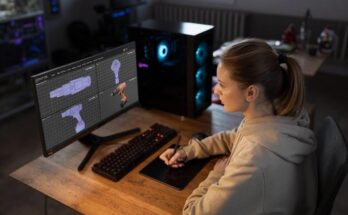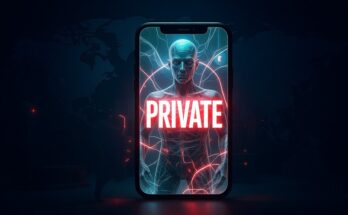
$3 Spin Turns Into Over $1 Million: Nevada Player Hits Wheel of Fortune Jackpot
A Nevada gambler achieved what most can only dream of: turning a $3 bet into a staggering $1,048,675.87 win on the “Wheel of Fortune Cash Link Big Money” slot machine …
$3 Spin Turns Into Over $1 Million: Nevada Player Hits Wheel of Fortune Jackpot More












